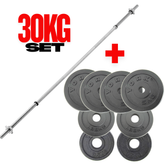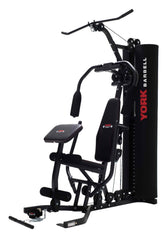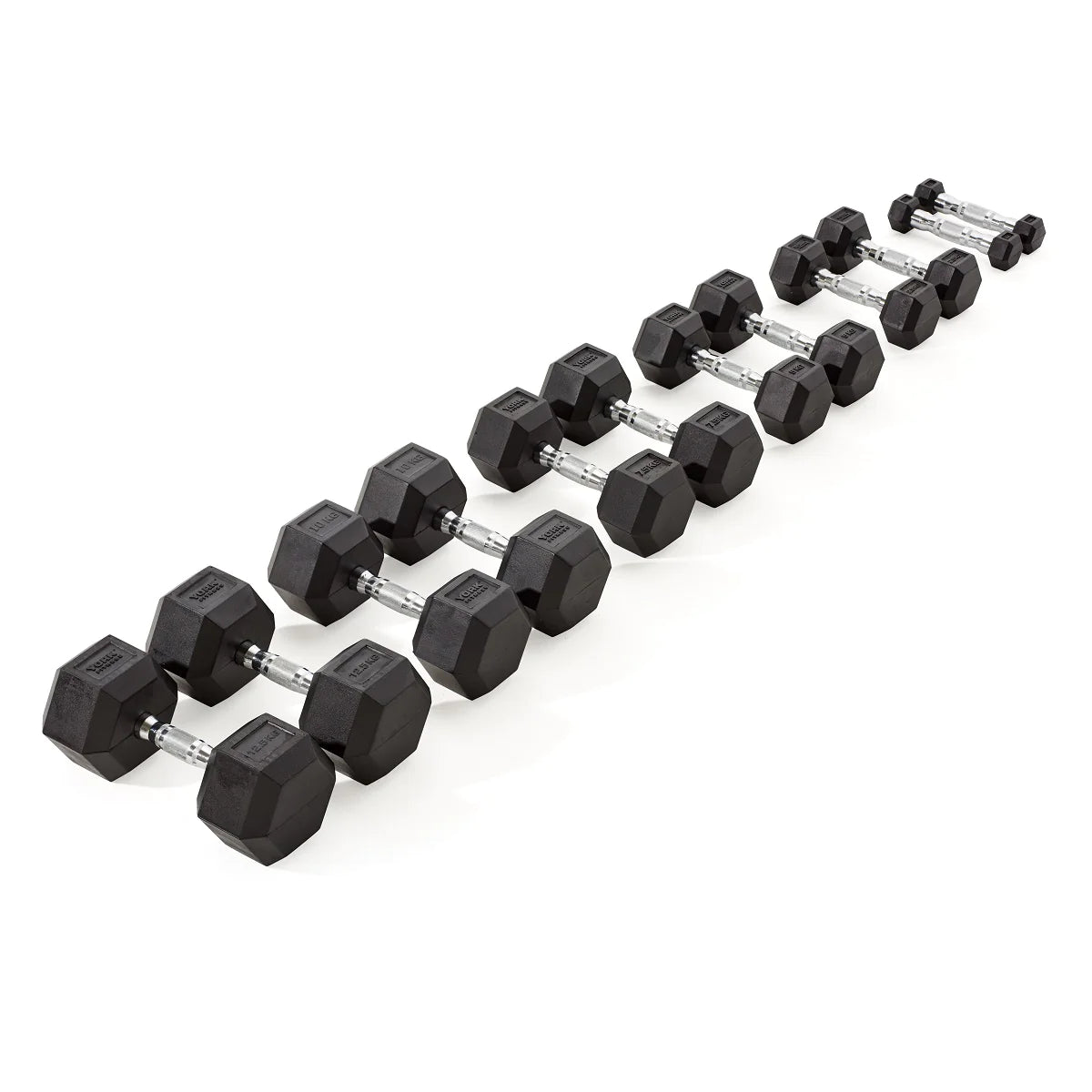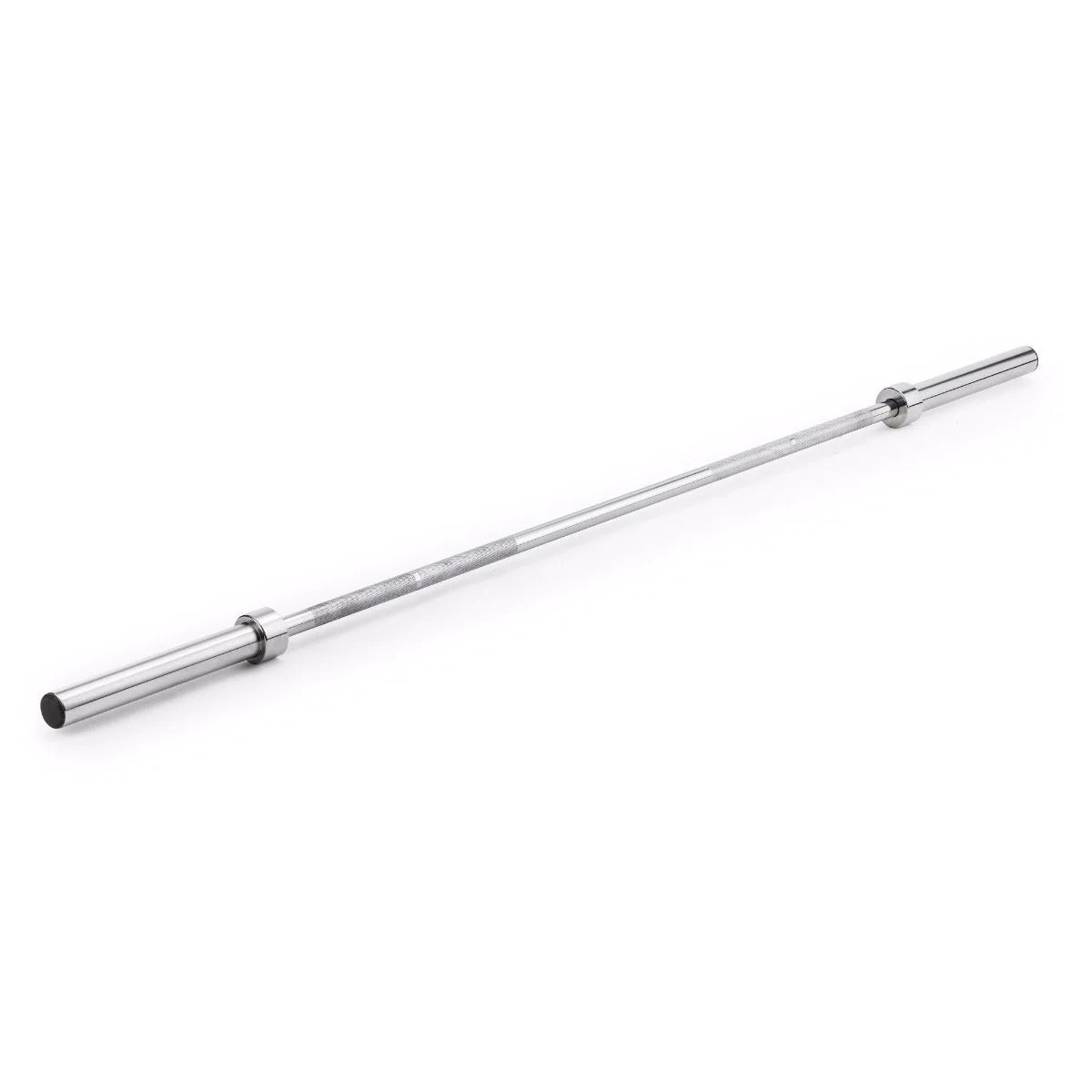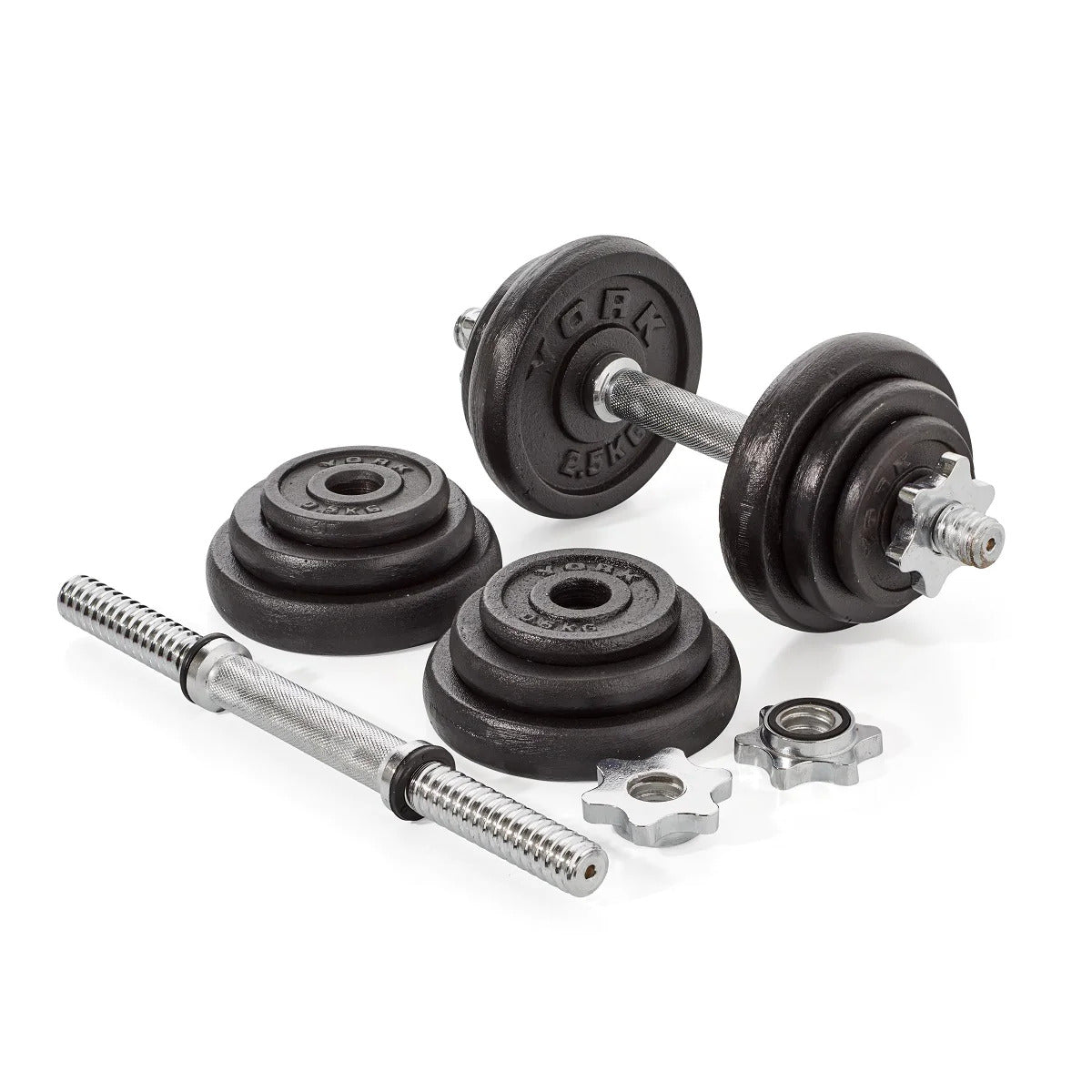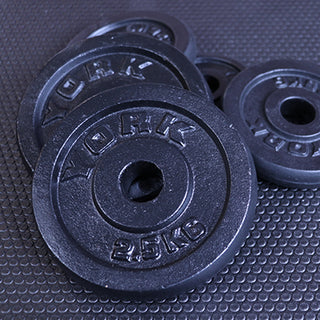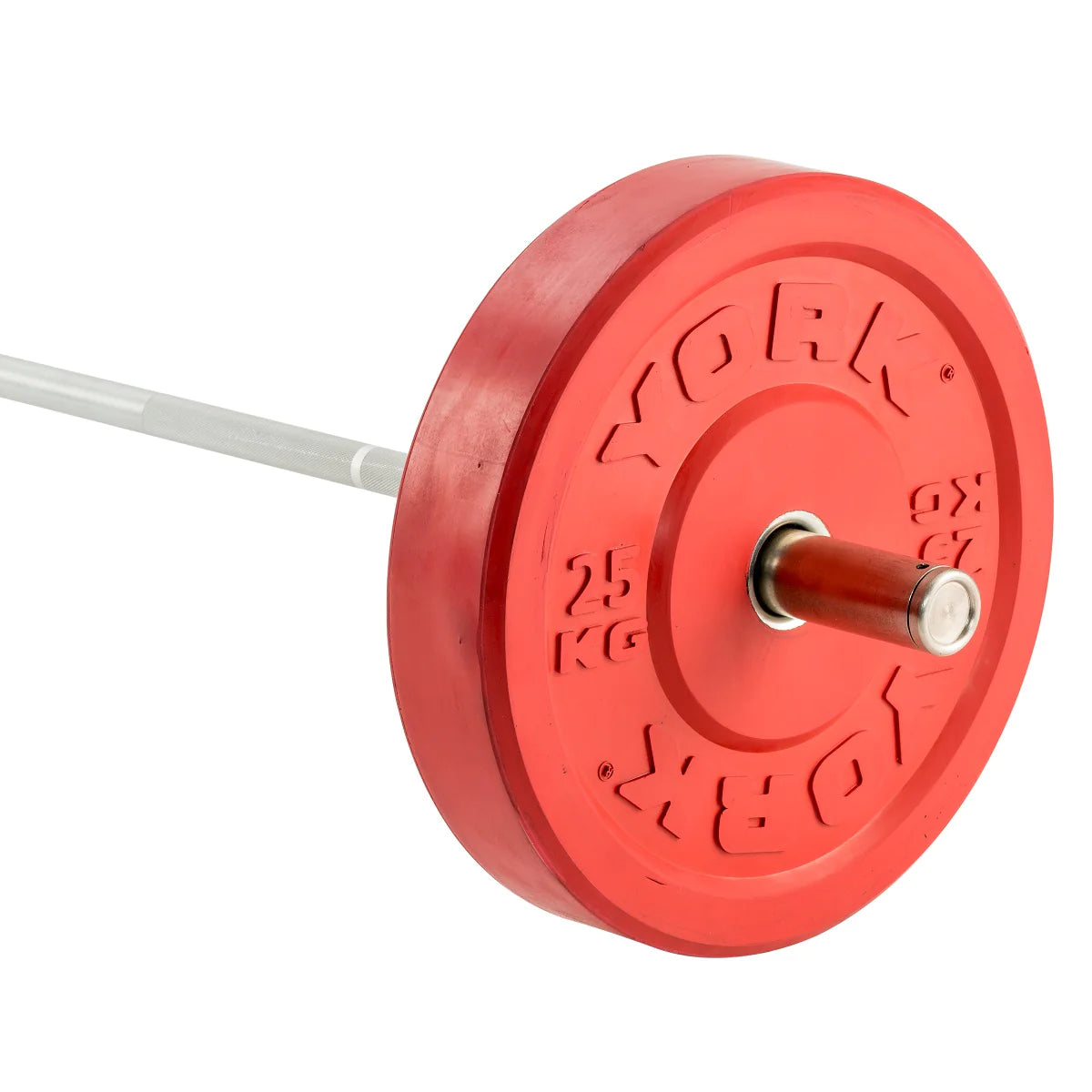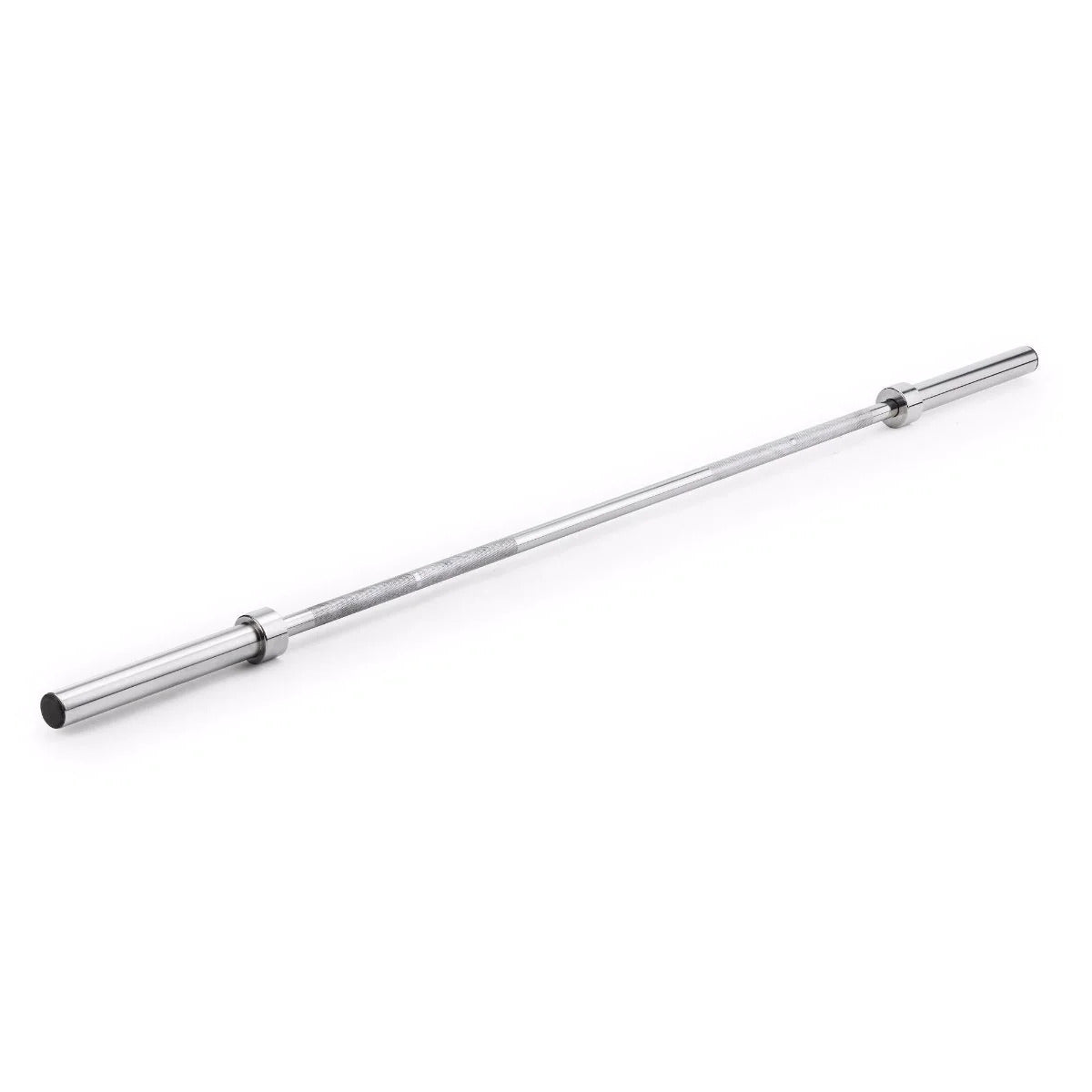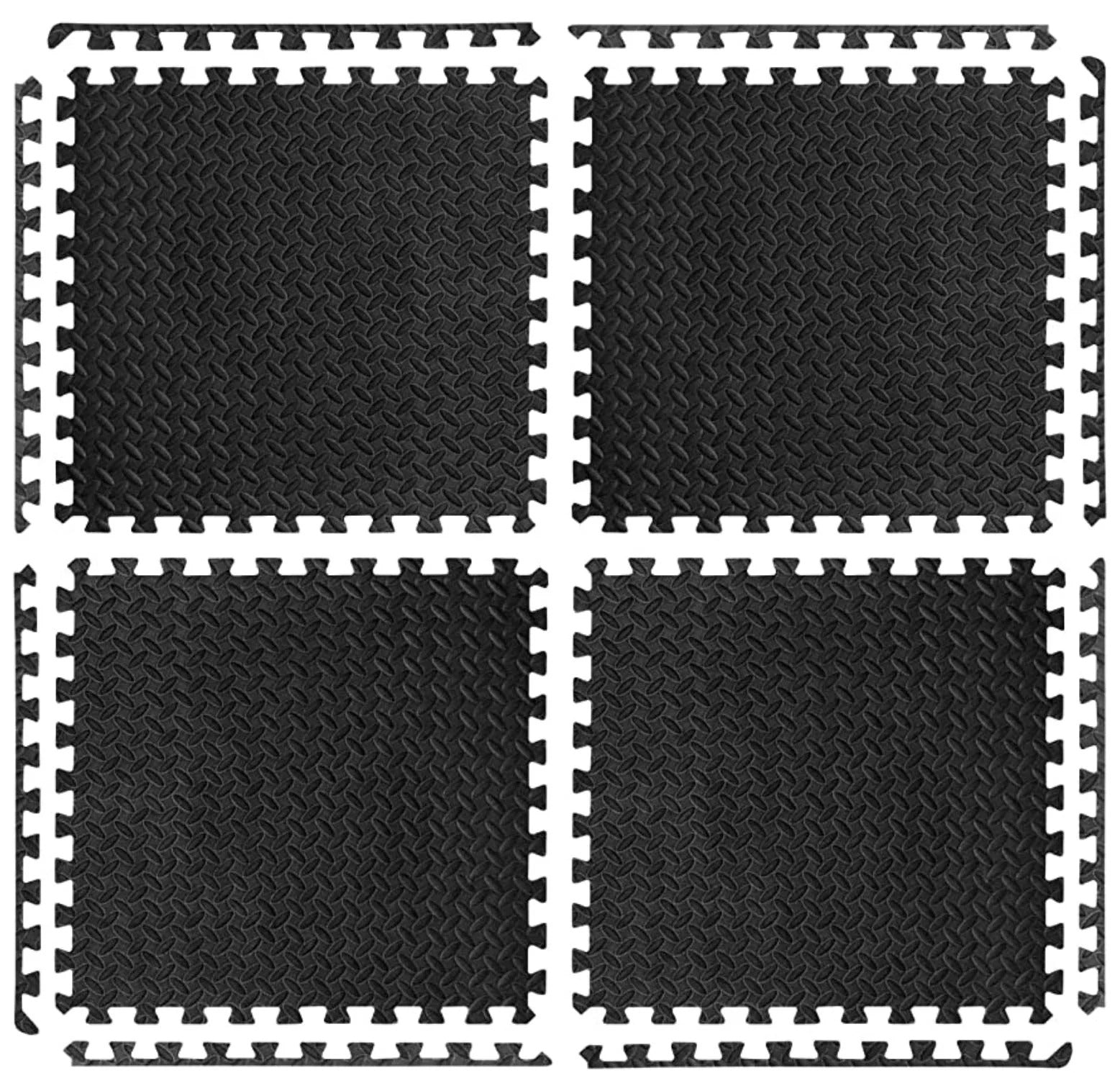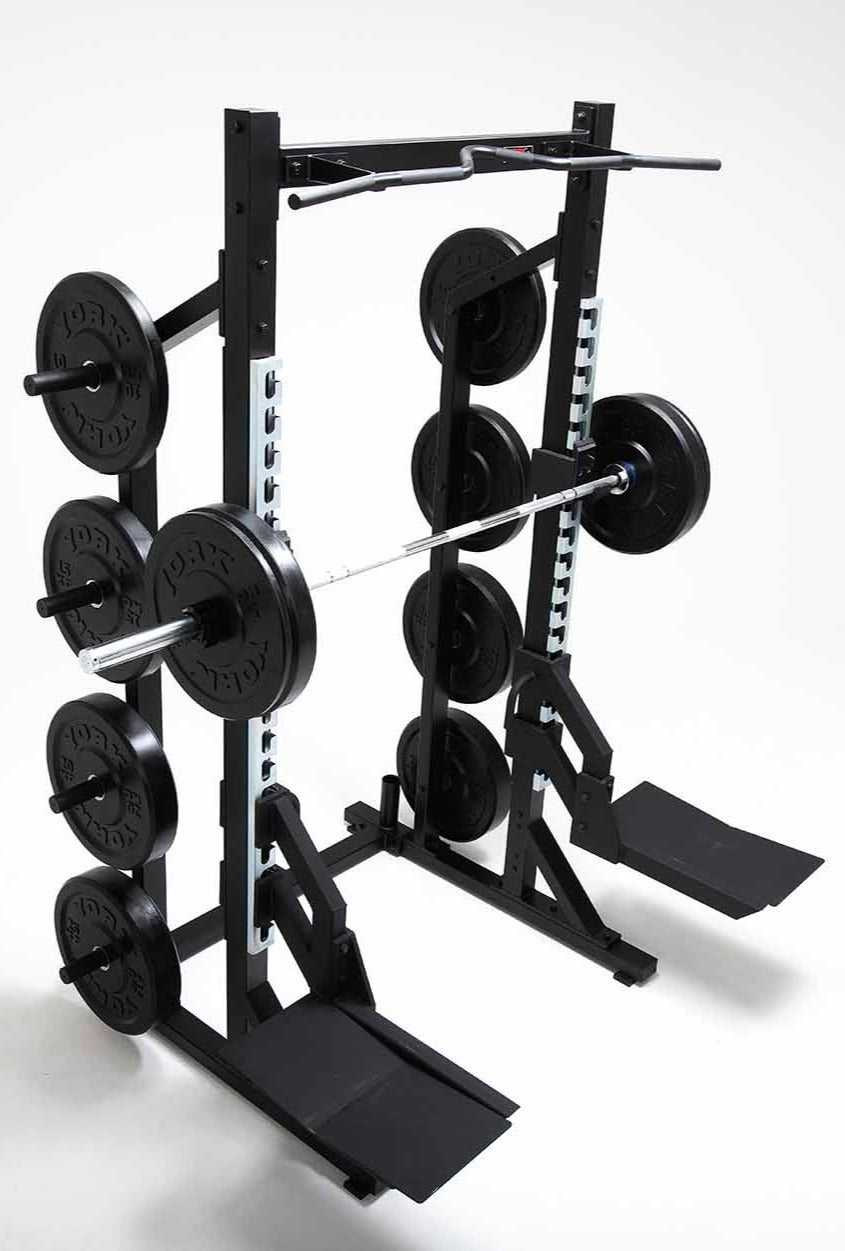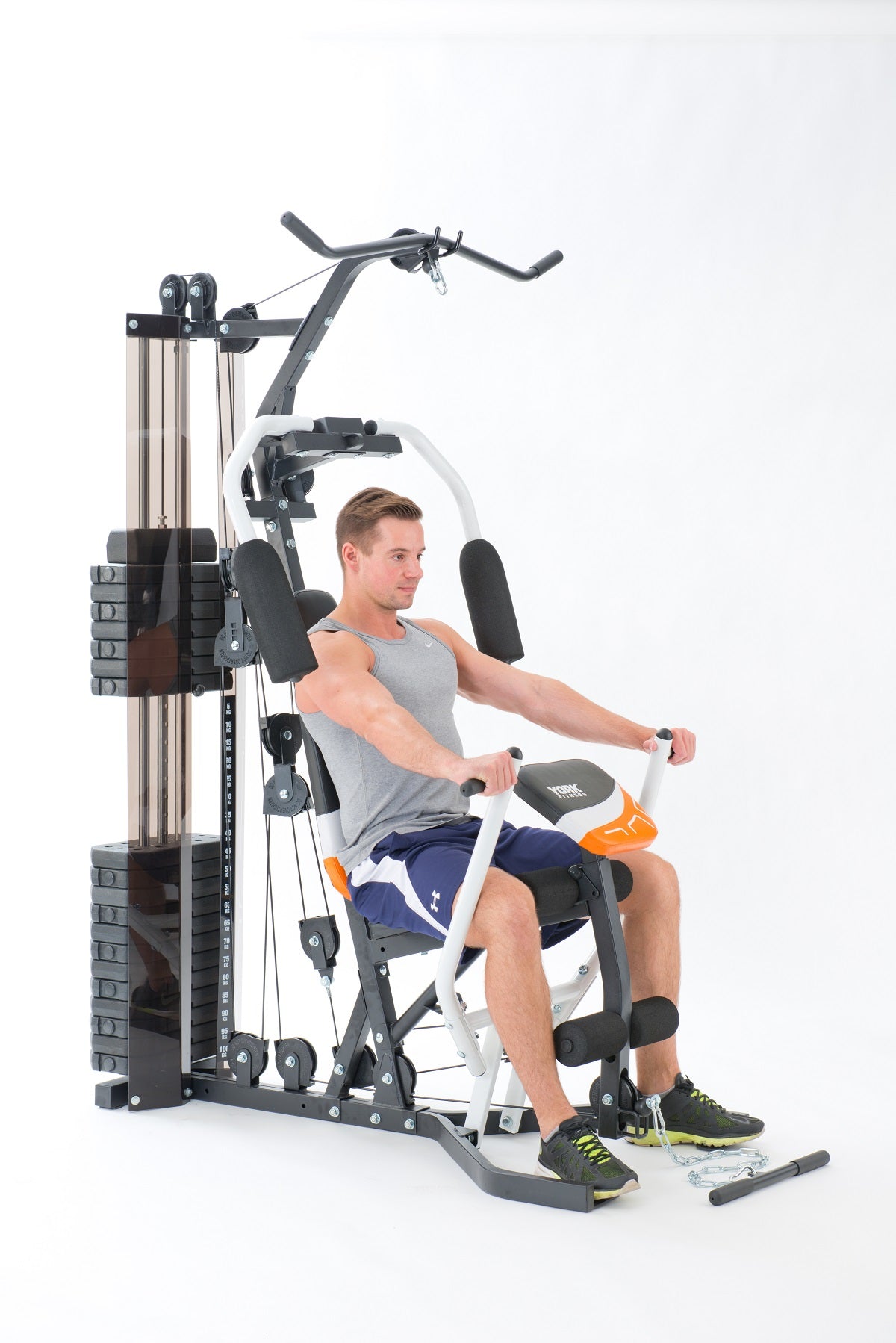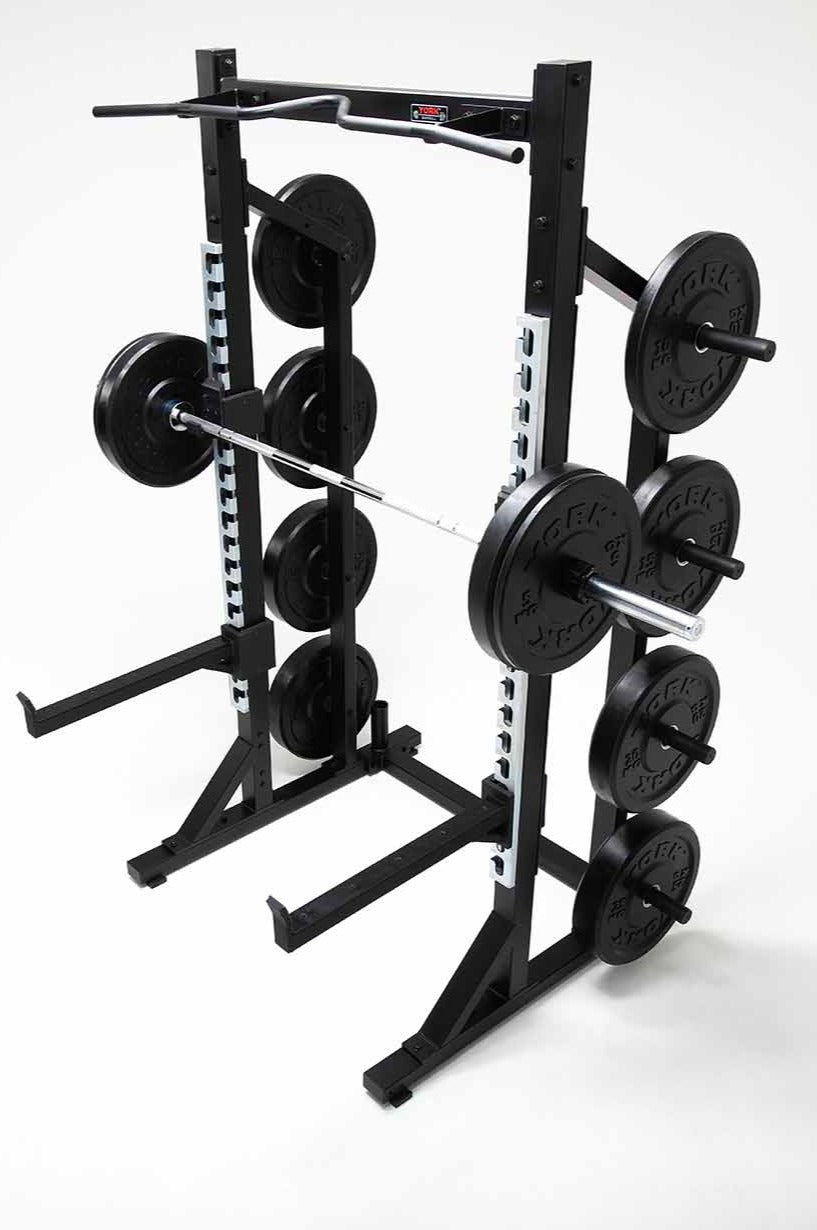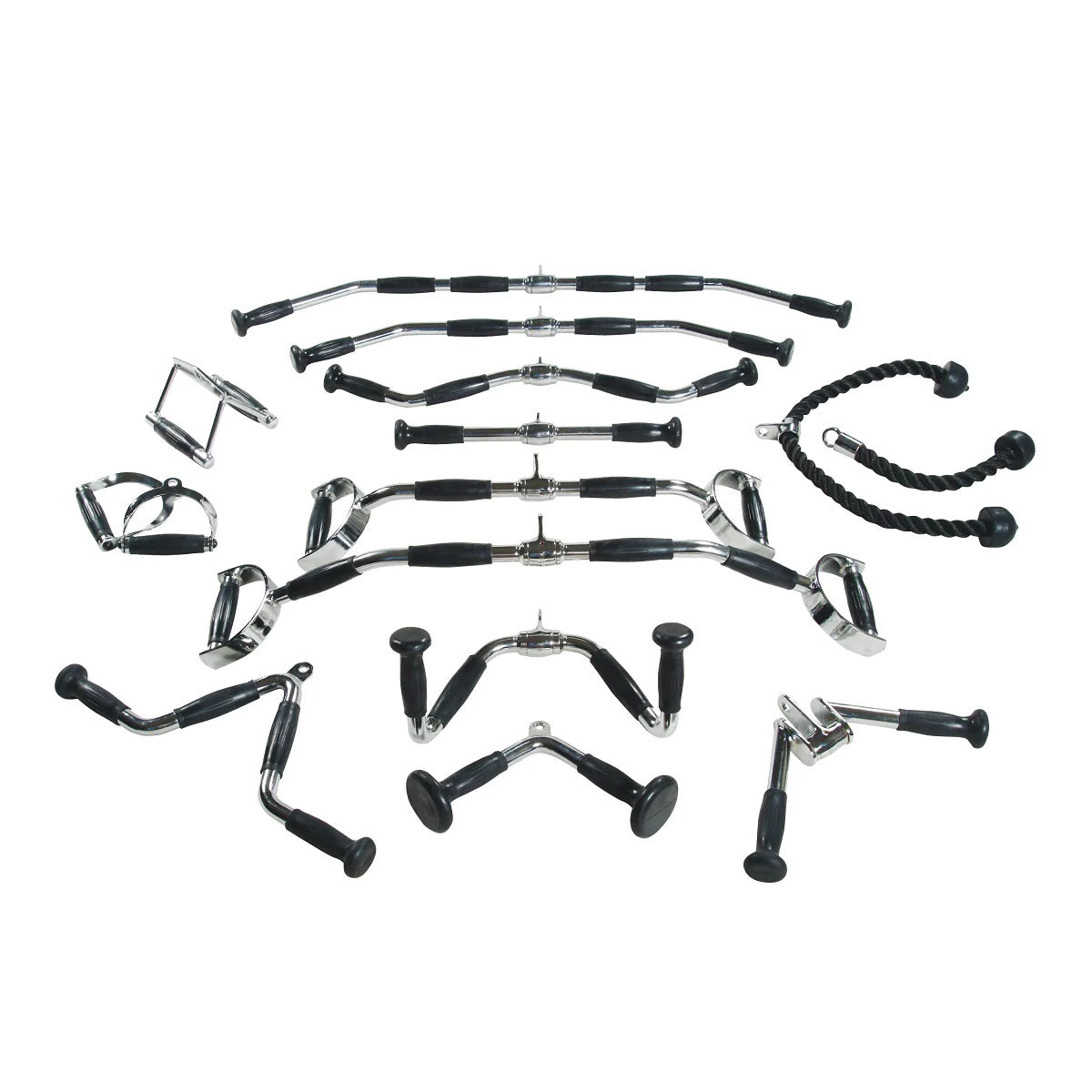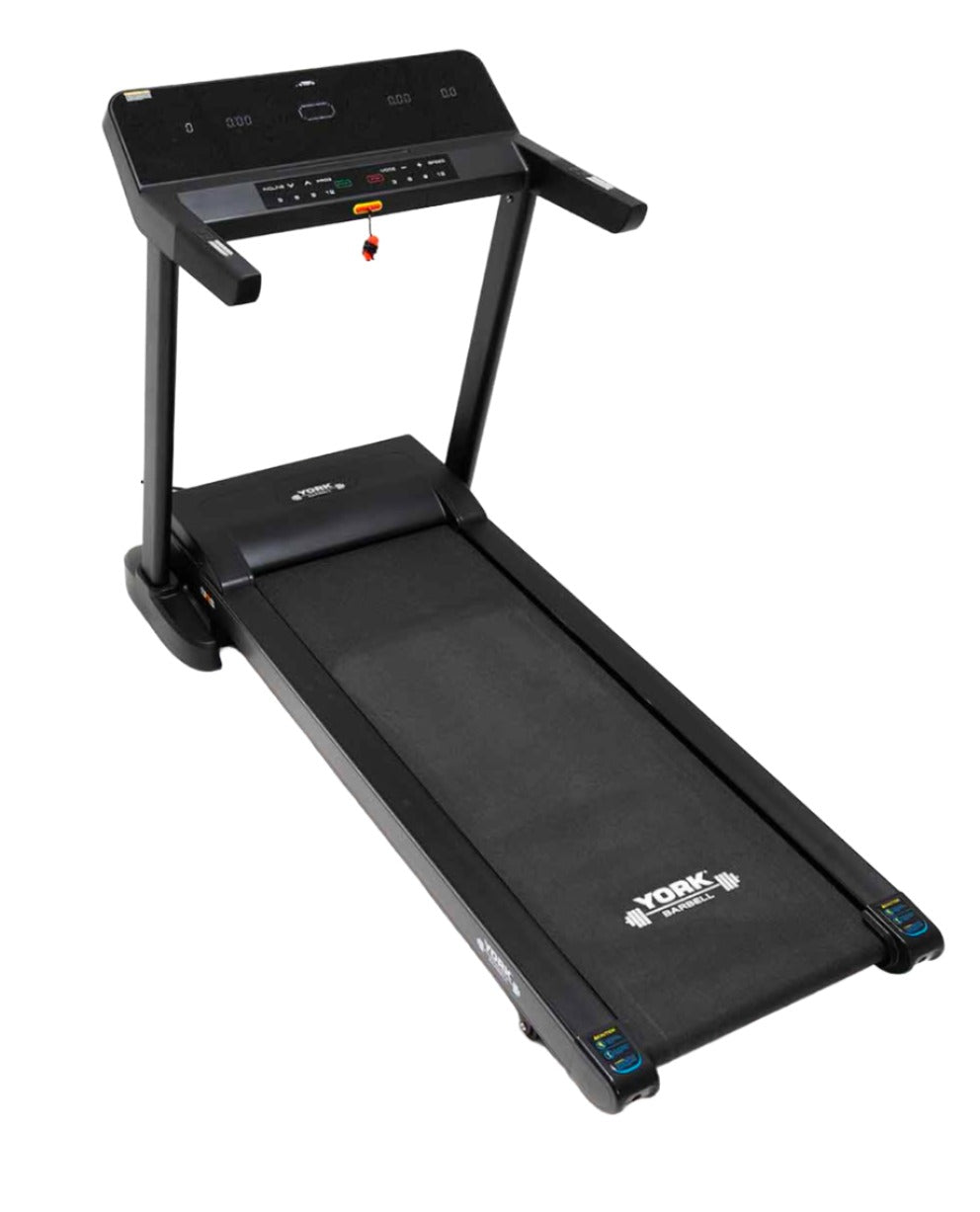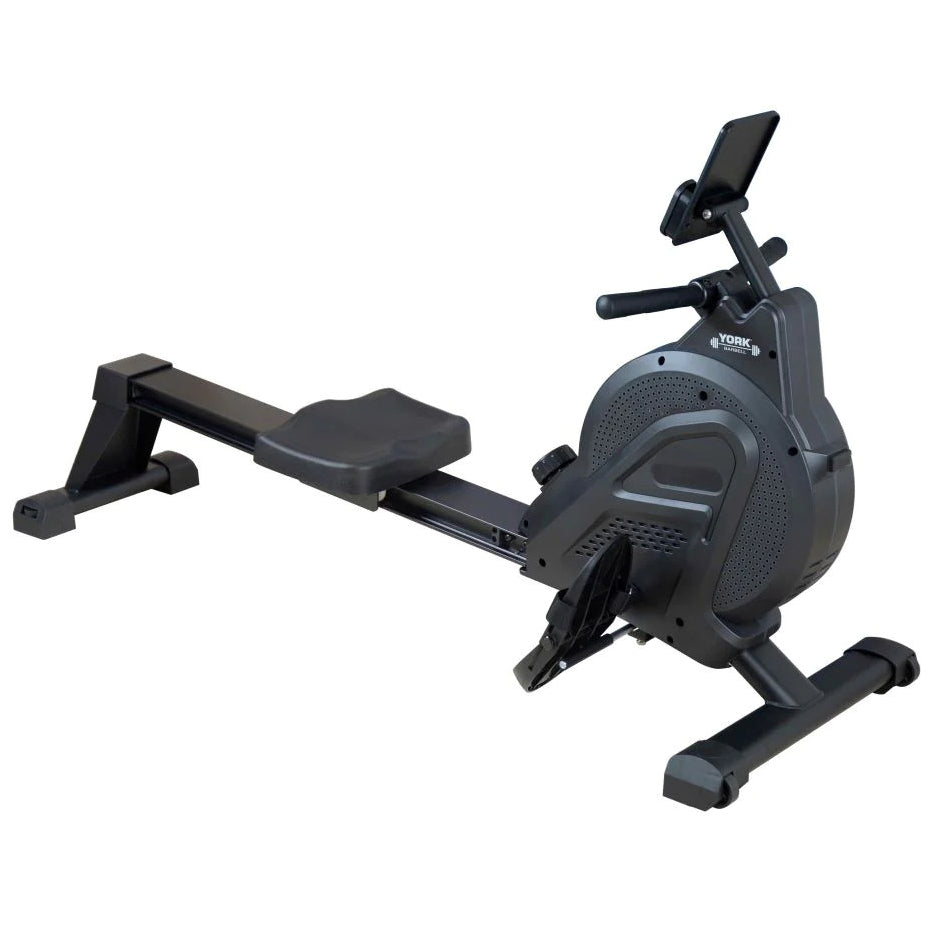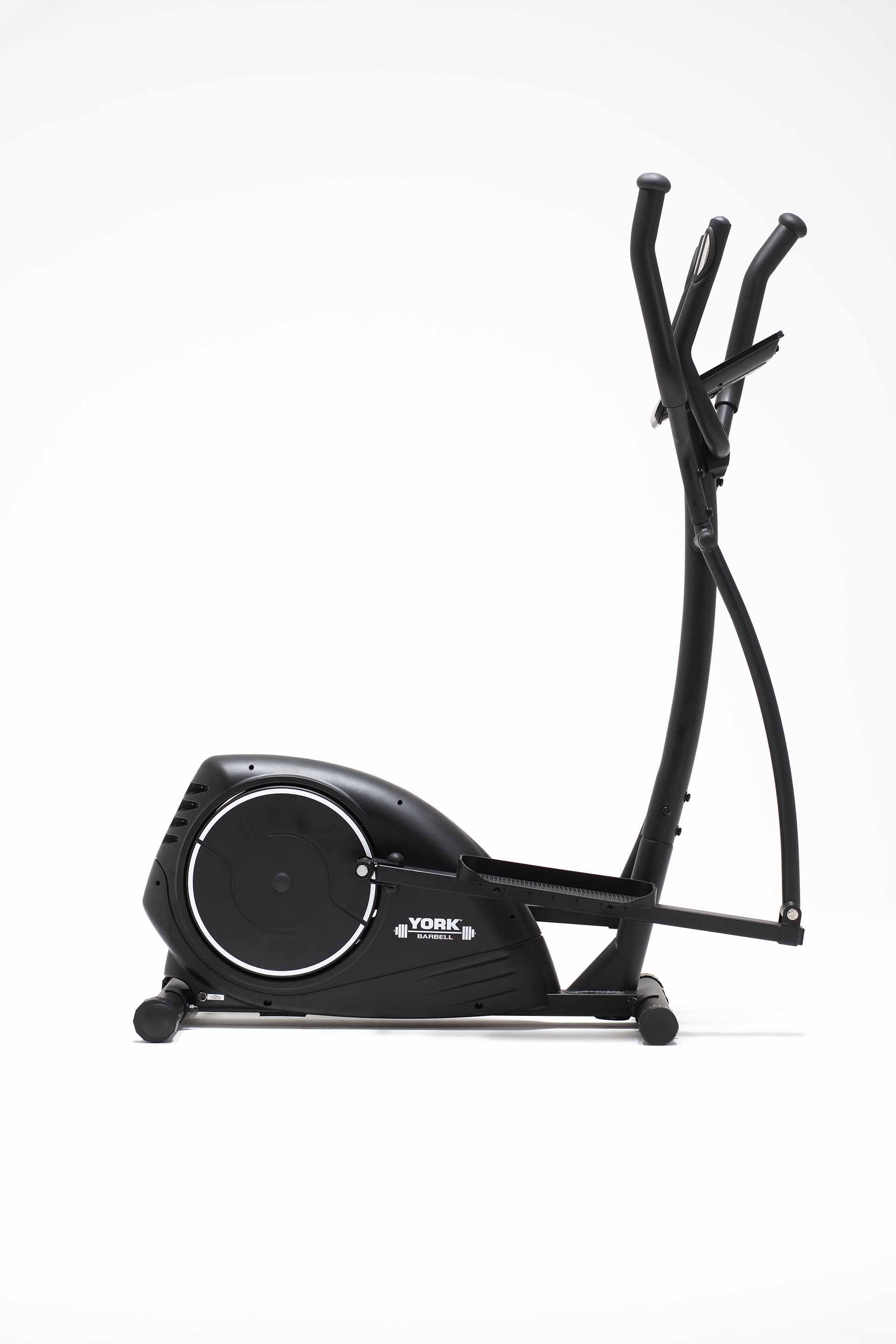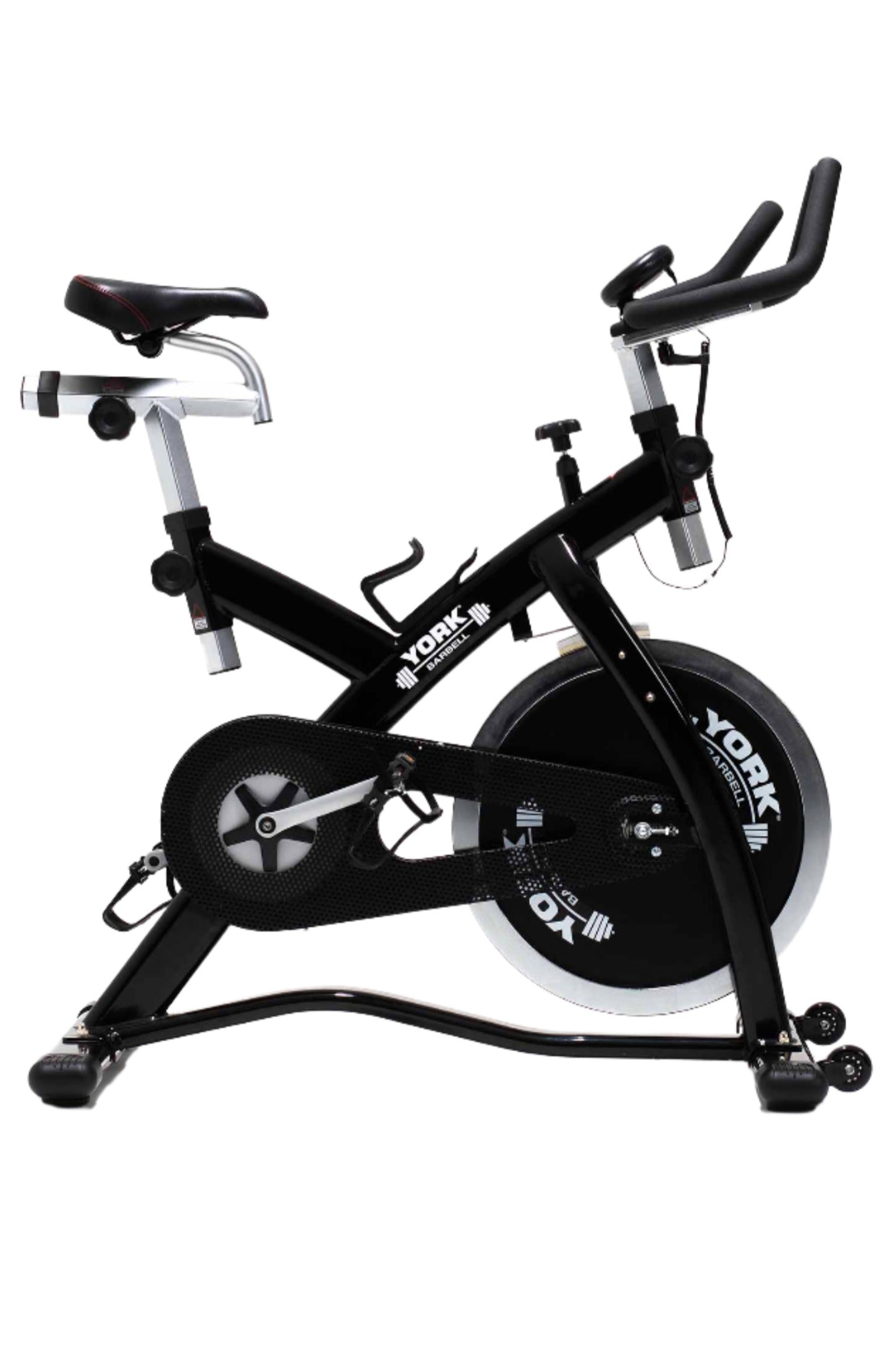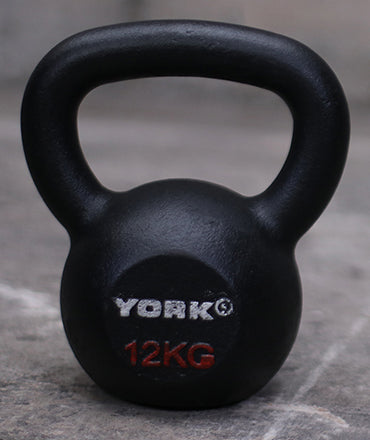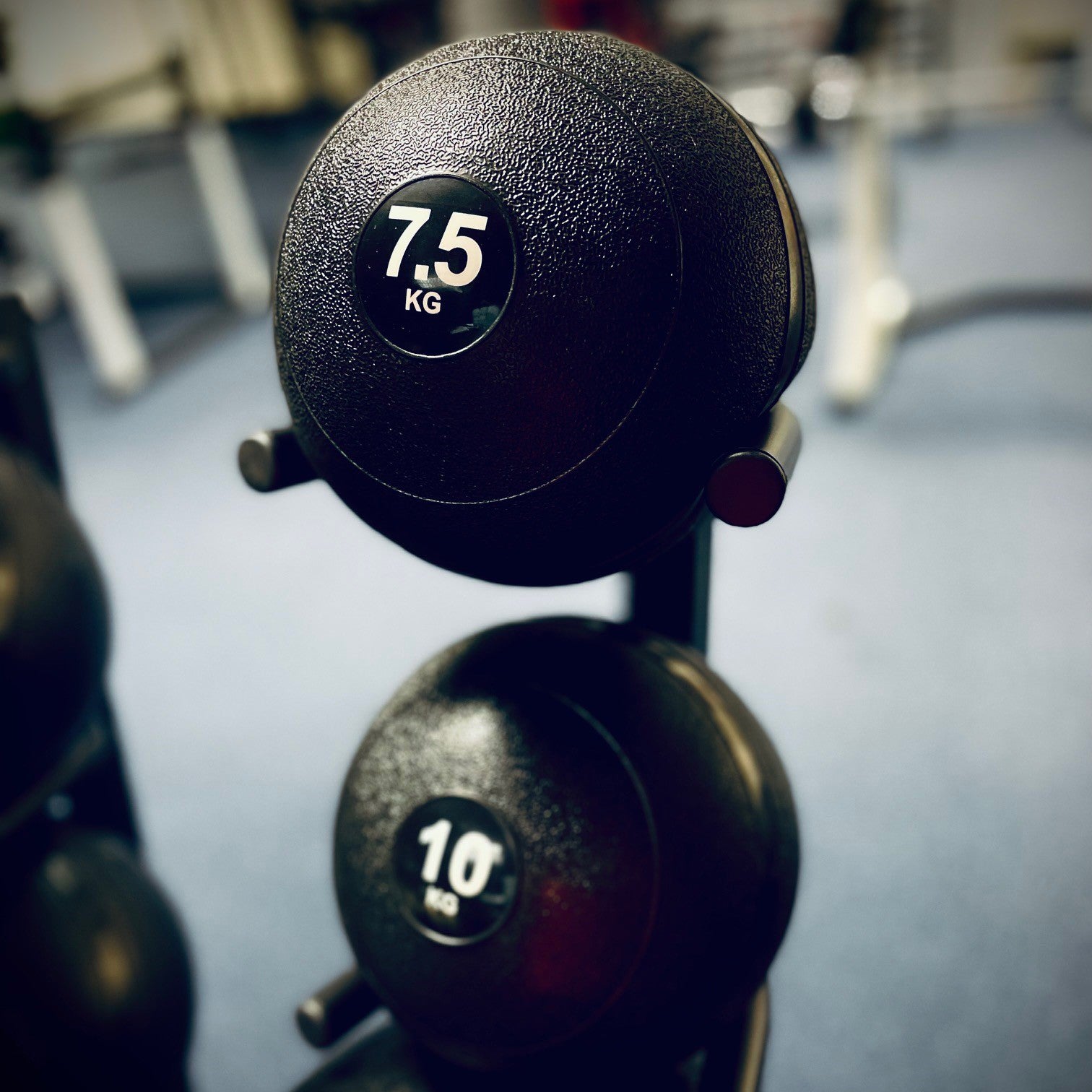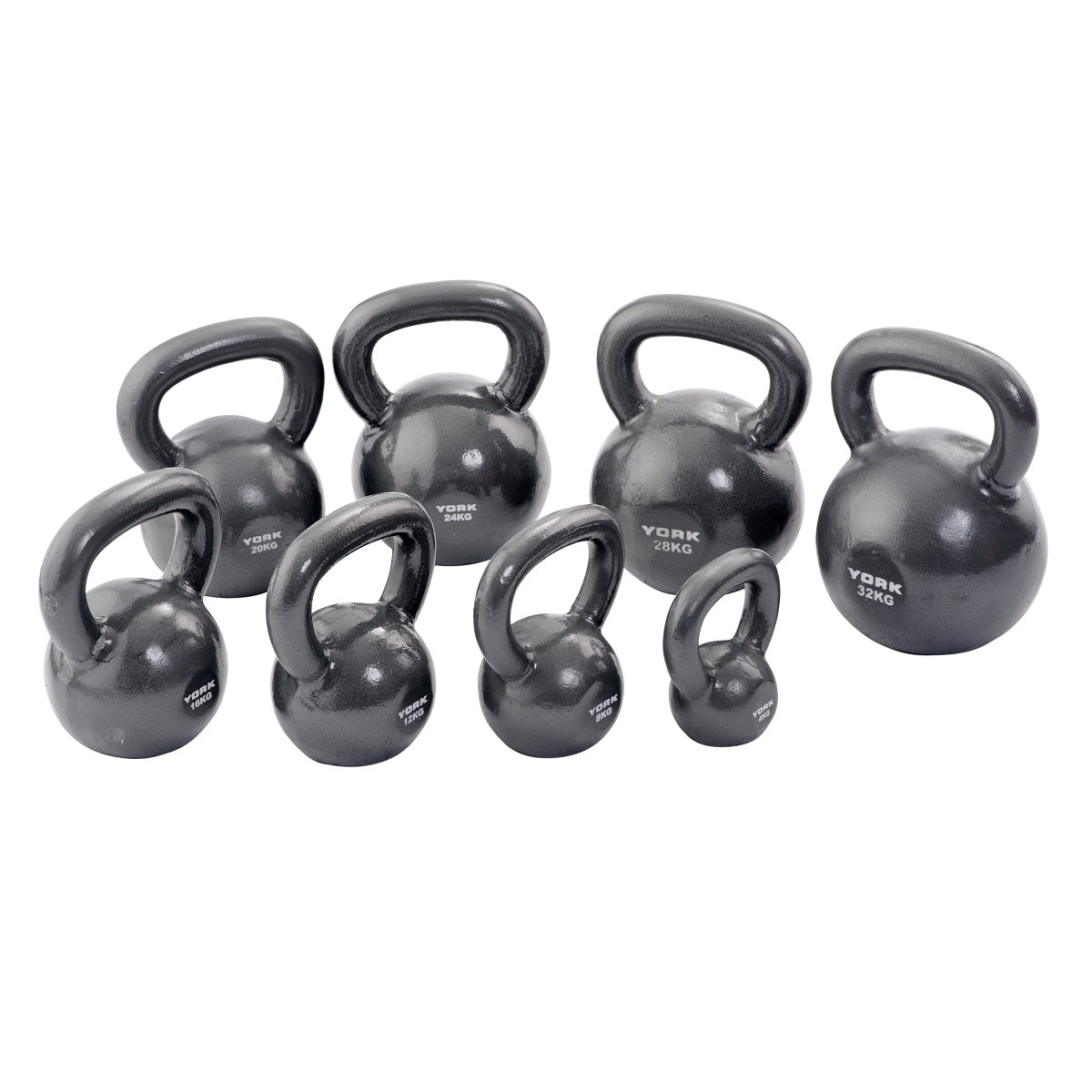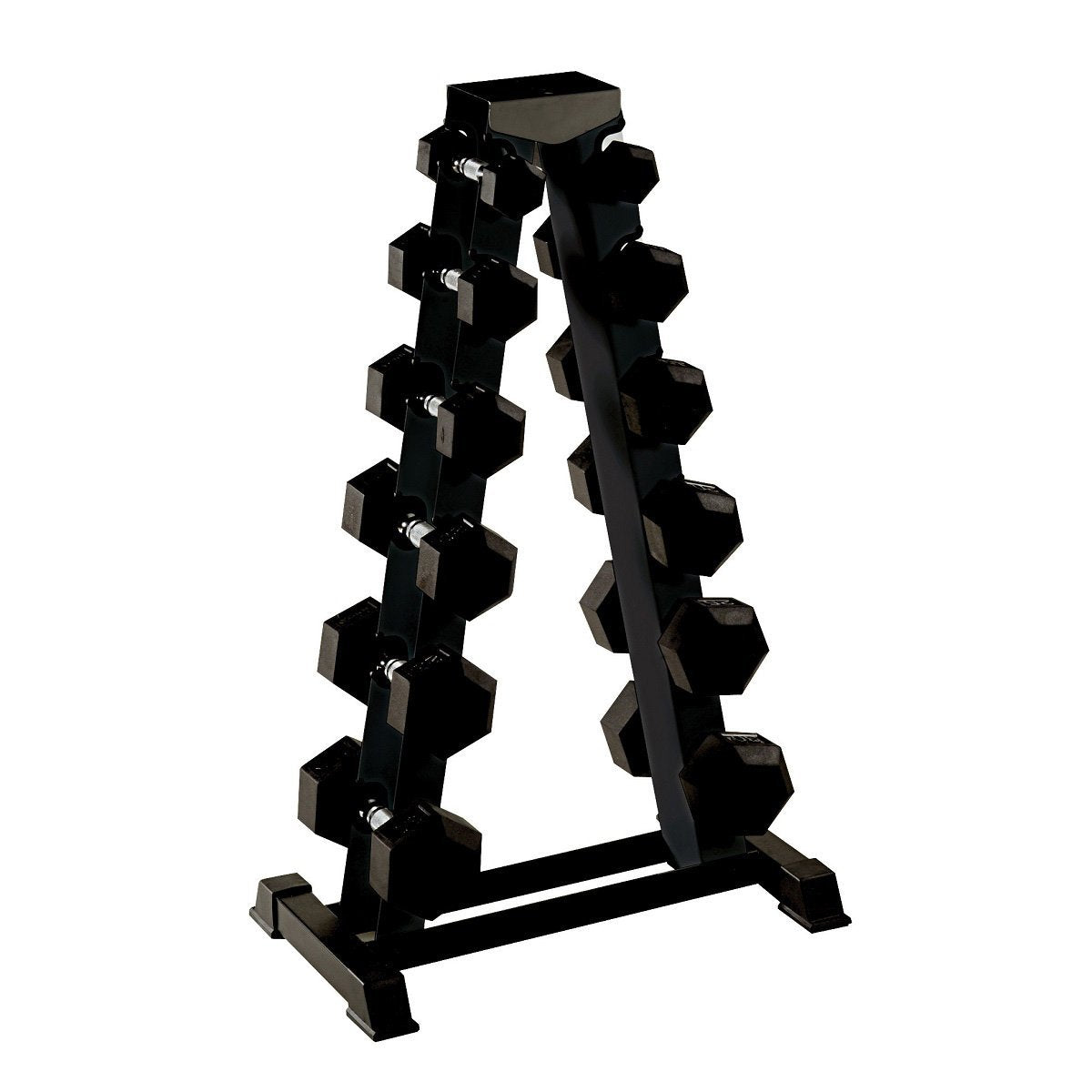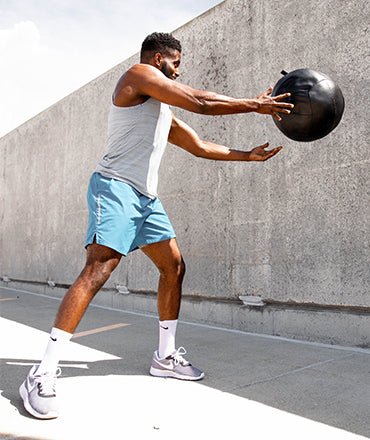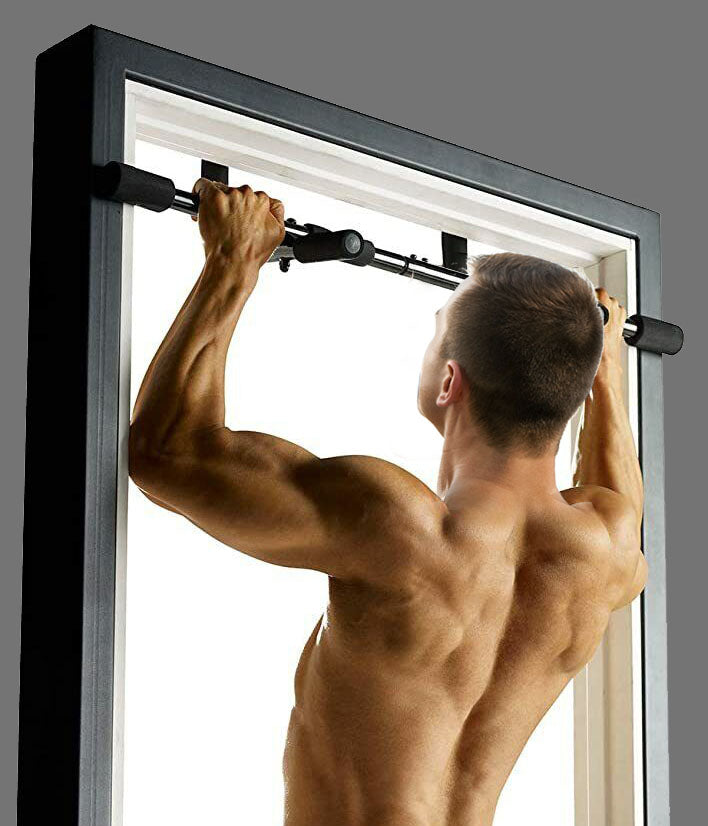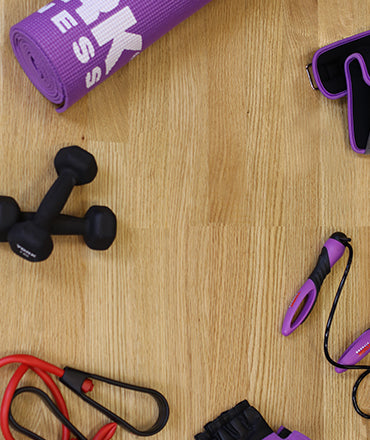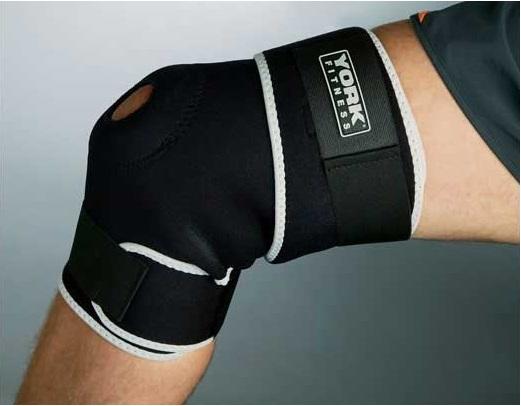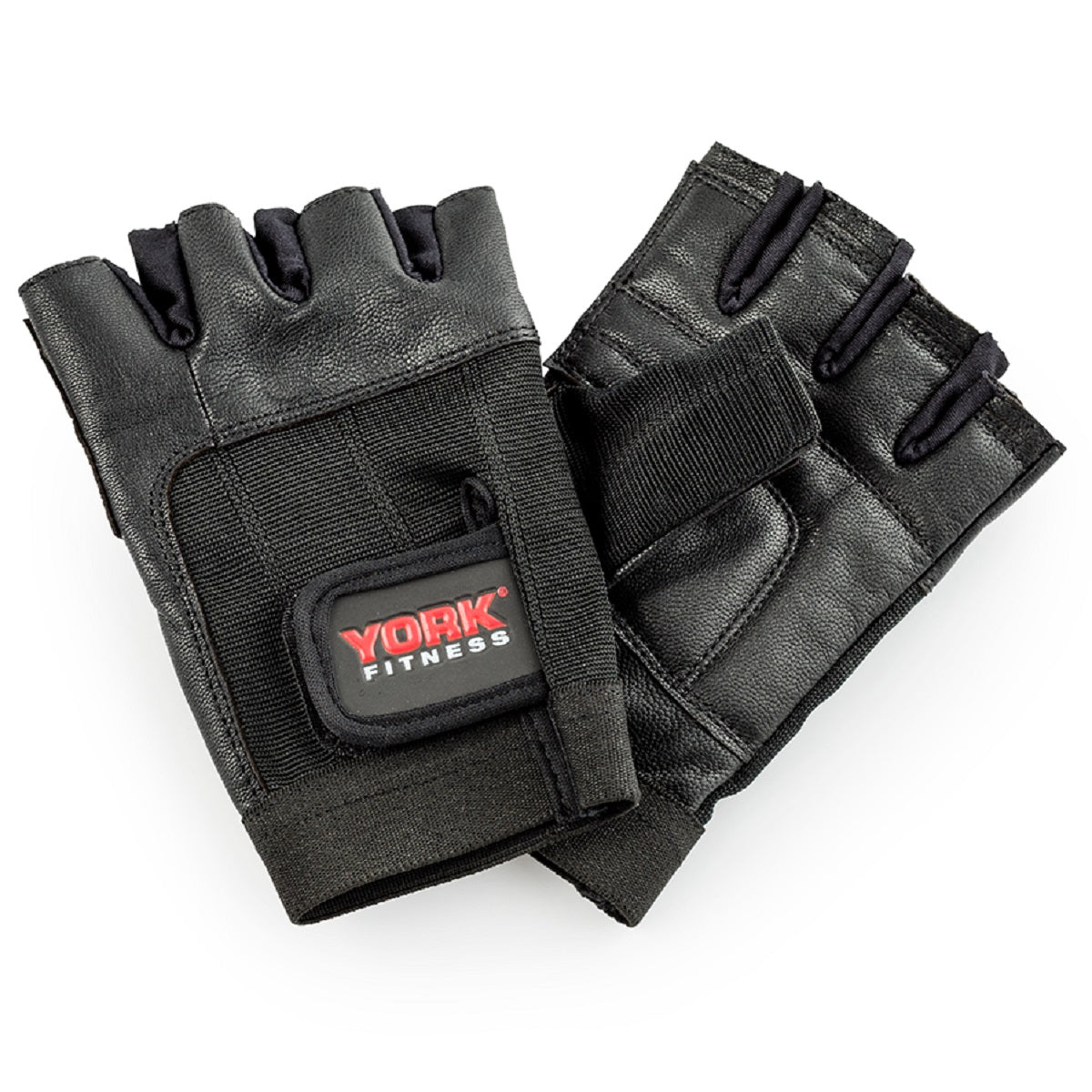Build Muscle
This is what every guy wants to achieve and most women want to avoid, for both its very difficult and will take time.
The Body
With men having a higher level of testosterone than women it makes it easier for them to “bulk up” than a female. The oestrogen hormone in women stops/hinders the building of muscle. The body will build muscle when it has been placed under stress from an opposing resistance over an exercise. The idea is to challenge the muscles into becoming bigger and stronger. This happens in the form of micro tears which occur in the muscle fibres during training, the body repairs the fibres thicker, thus stronger.
The level of testosterone in the human body dips after 45-55minutes of strenuous exercise, so the key is to make your “muscle building” programs last no longer than this at any one time. Referring to the chart in the “Beginner Training” section of the site, it is clear that a moderately heavy weight, which is lifted between 6 & 12 Reps in a controlled manner, is the method of training. Rest periods during training need to be no longer than 90 seconds, as the volume needs to be kept high. Research shows that the body can take between 3 & 7 days to make a full anatomical change from the training sessions, depending upon the person training. It’s for this reason is why your program would be split into either single muscles or combinations of main and supporting muscles, such as Chest & Triceps or Back & Biceps. These are trained once a week (to start with) and as you become a more experience trainer introducing a second training session in the week, but recover between the same muscles or muscle group needs to be no less than 3 days. If you train before the repair process is complete, you will break down the fibres before they’ve had a chance to rebuild.
Compound exercises which work the big muscle groups are the ones which trigger the body to release high levels of testosterone. This means if you want bigger arms and chest, then you will have to train your legs and perform big lifts such as the deadlift and squat.
Common misconceptions include training and training without adequate rest, but your body is growing and building when you are resting, not during training, so always have a complete days rest during a training week and never train the same muscle group on 2 consecutive days.
Form
In the “Beginners Training” section we referred to “good form”, this is vital if you are trying to build muscle. Allowing the joint to move in its full range of motion, gives the muscle a chance to work fully and creating more “micro tears” along the length of it. Poor form will mean other muscles will be aiding the lifting of the weight and the desired results will not be attained. More micro tears along the muscle, means more repairs and thus a stronger, bigger muscle.
Nutrition
Plays a HUGE part in building muscle. You wouldn’t put diesel in a petrol car to make it work properly, the body is exactly the same. The food you eat contains the building blocks for your body to build muscle. You can build muscle on a well-balanced diet containing the right kinds & amounts of protein, nutrients and vitamins to aid recovery and carbs to re-fuel the muscles glycogen levels. There are so many supplements out in the market, which claim to have “50 Grams of Protein per serving” and will “Stack on Muscle”, reality is, the body can only absorb 19-23 g of Protein at any one meal, so you would be wasting over half down the toilet and money. Supplements are exactly that, they are to supplement a diet and work in conjunction with a good diet and exercise plan. Ensure your diet has complex carbs & protein such as brown rice, brown pasta, egg whites, they are slow releasing and will drip feed the body its energy and nutrients. 5-6 smaller meals throughout the day are better than 2-3 big meals, the body doesn’t like to wonder when it next feed is, if it does, then the opposite will happen, leading to stress of the body and a catabolic state (eating of muscle tissue)
Training Plan
By keep your body guessing where and what the next challenge is, it will constantly adapt to the training. By changing your plan every 4-6 weeks will be sufficient enough to confront your muscles into adapting. This can be changing exercises, weight being lifted or number of sets or by using one of the training methods from the “Advanced Training” section of the site.Many people who exercise and lift weight concentrate on how much weight they can actually lift and not lowering the weight in a slow controlled manner. It’s the lowering of the weight which causes the muscles to tear, thereby allowing them to heal and grow.
If your chosen goal is to add lean muscle then you will need to include a high intensity work out either using a lighter weight in a circuit format or by performing high intensity cardio. This is to shed the body fat which is covering your developing muscles. It’s worth noting that a trained muscle will utilise the calorie intake more efficiently and faster than an untrained one, this is also another valid reason to a greater number of meals. If the cortisol levels in the body and not kept steady through a constant flow of food, the body will be less likely to give up the fat. It’s the flight or fight theory.
Sleep
The body repairs when it is at rest, so here at YORK we strongly advise getting at least 7-8 hours, sleep every night for maximal growth of muscle. This is when your body is at its most relaxed, with the heart pumping nutrient rich blood to the muscles.Few Warnings
If you are feeling tired all the time and your sessions are not a positive as you would like, then this is an early sign of “Over Training”. Research shows that reducing your training intensity/volume for 1 week, every 5 weeks, will help avoid over training and will ensure positive gains are still made.Poor form & and trying to keep up with others in the gym, will lead to injury. It’s worth spending time learning each exercise well and understanding the benefits and variations of it. Building muscle is a science, a constant learning process. If you require advice on training and exercises, speak to a Gym Instructor, Personal Trainer or a Sport Scientist, not just Dave on the bench.
Do not lift what you can’t manage, just because someone else in the gym is lifting 50 KG dumbbells, it doesn’t mean you have to. Small increments are better, this gives the supporting structures of the body such as tendons and ligaments a chance to adapt to the weights being lifted.


